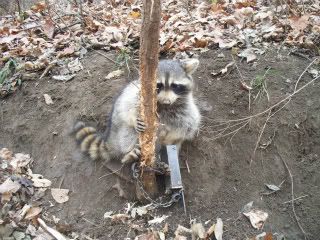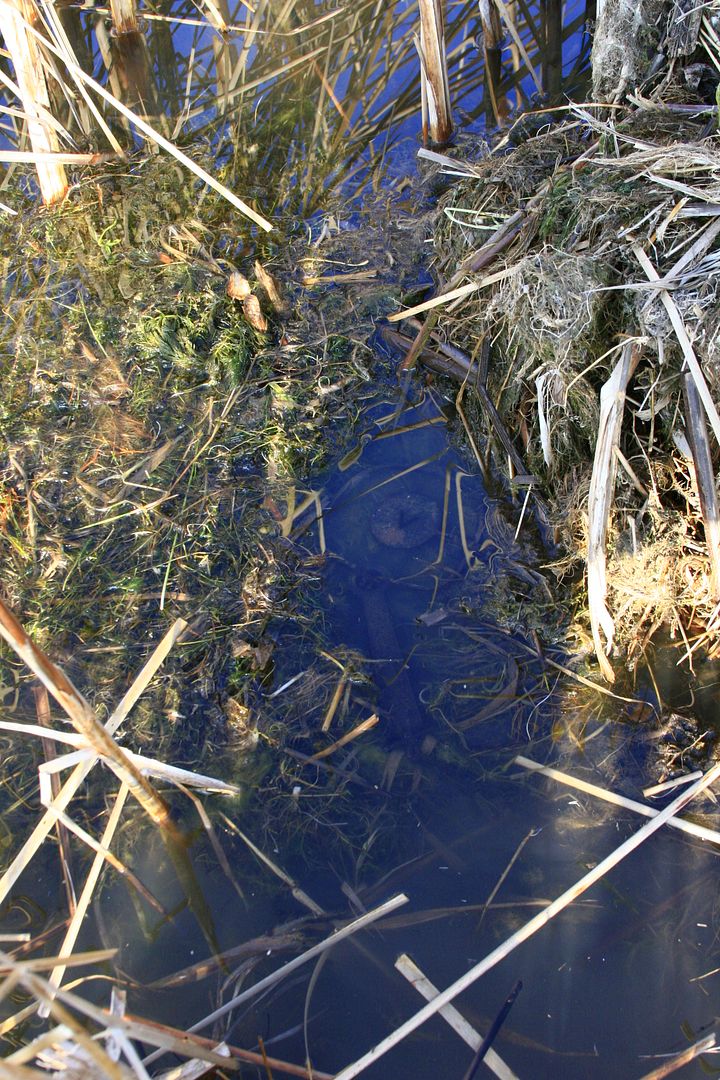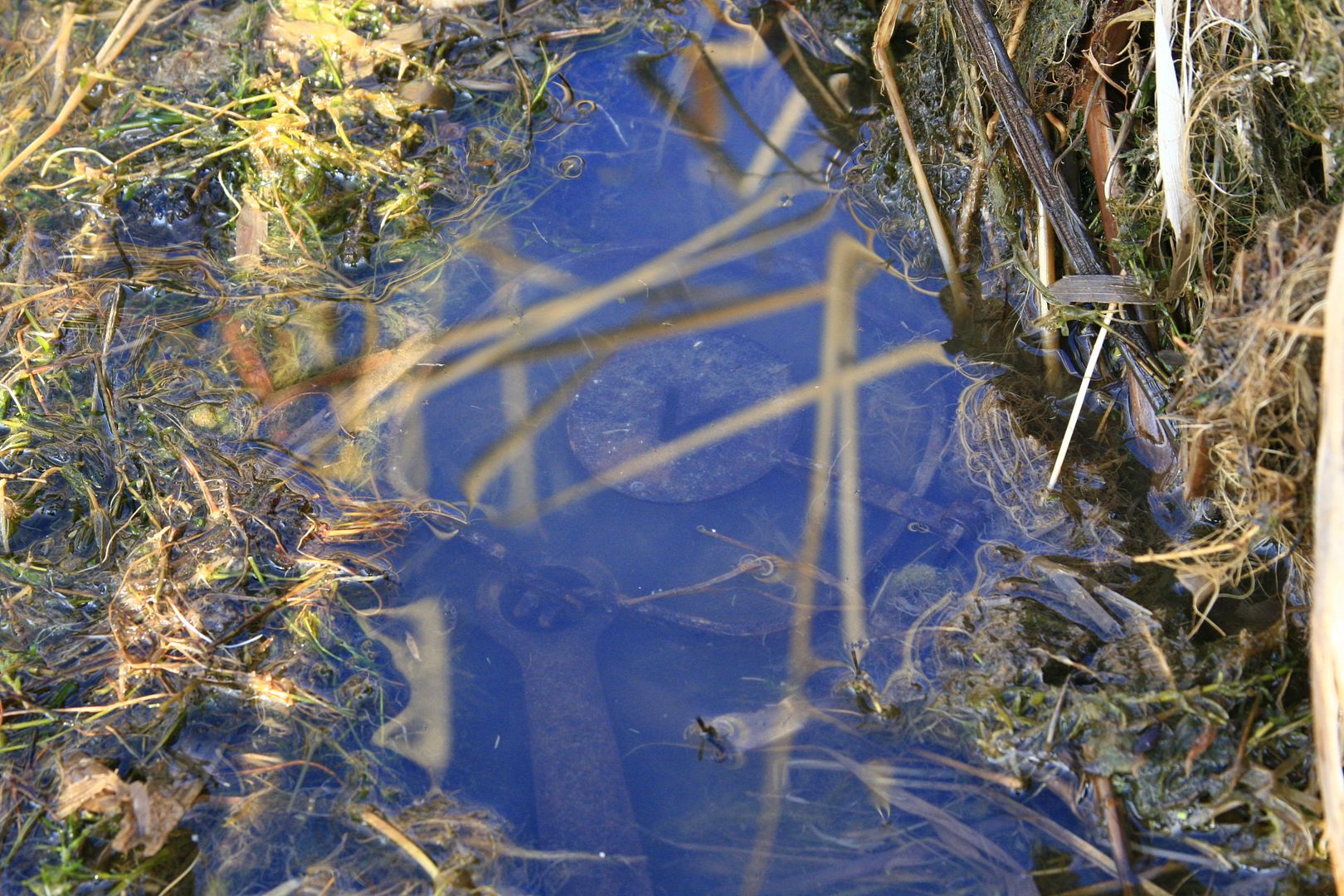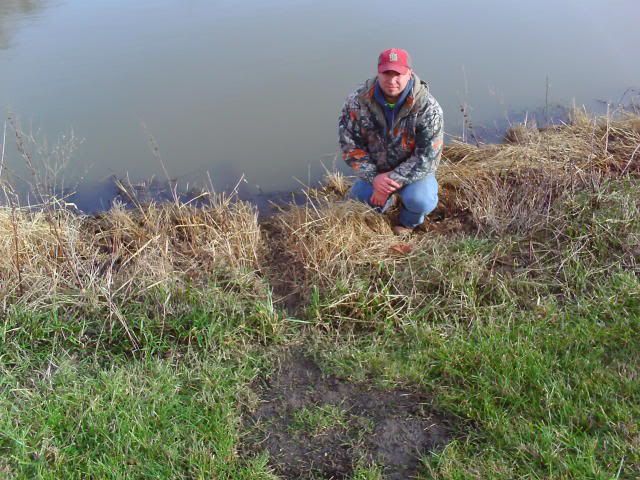I spent the afternoon at the marsh yesterday to document this habitat in a little more detail for this discussion, and set up a trail camera near a feed bed actively under construction - shown in the last two photos above.
That feeder was added to since when I first found it Friday morning. Had to put the waders on to photograph it in more detail to show what they haul into and on one. Overnight it gained about 8" in height and almost a foot more in diameter. Here is that one showing the variety of vegetation in its makeup.
There is always a single leading edge to these that I am aware of. You can see the "landing pad" approach to this one in the lower left of this photo. A perfect location for a #1-1/2 long spring. Though the season doesn't open until Wednesday, I'll show you tomorrow how I would set the trap there.
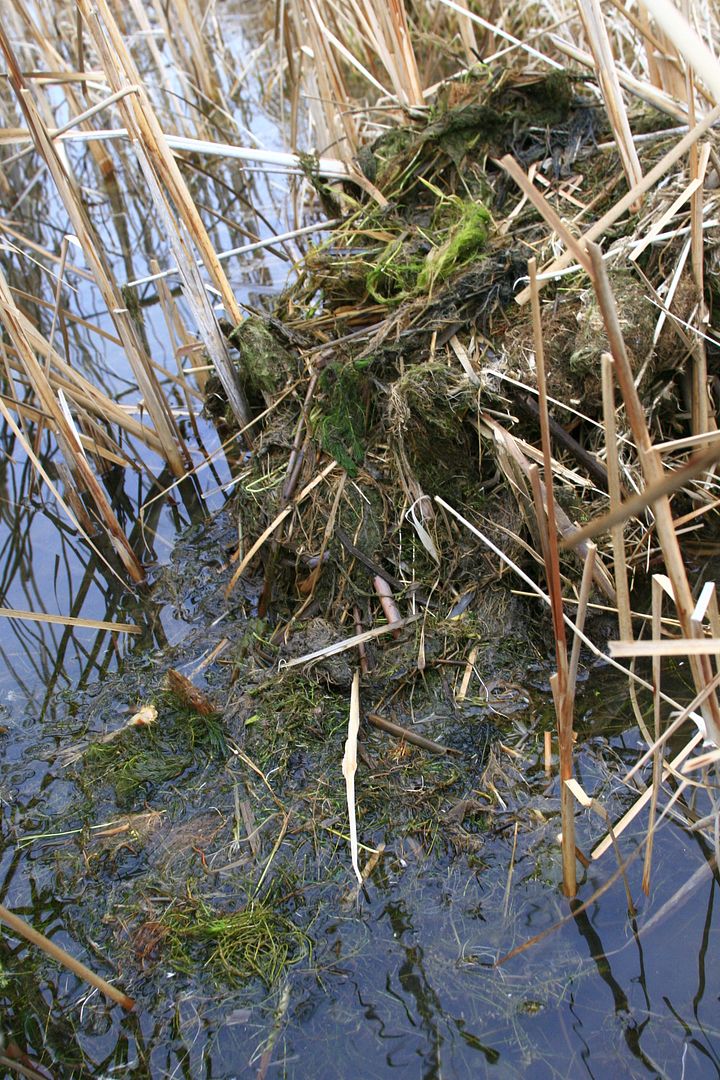
Here are closer views of additional food resources deposited.
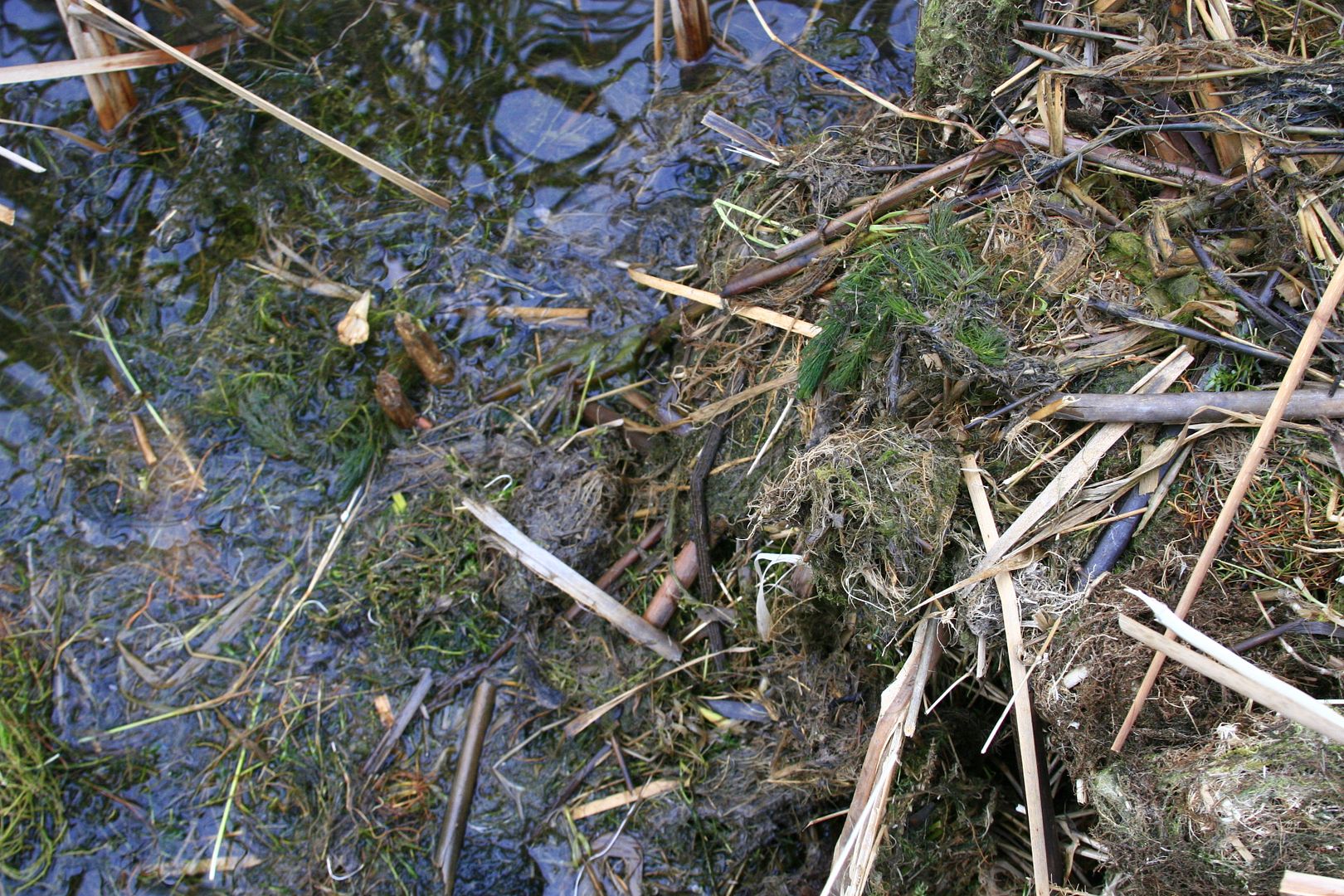
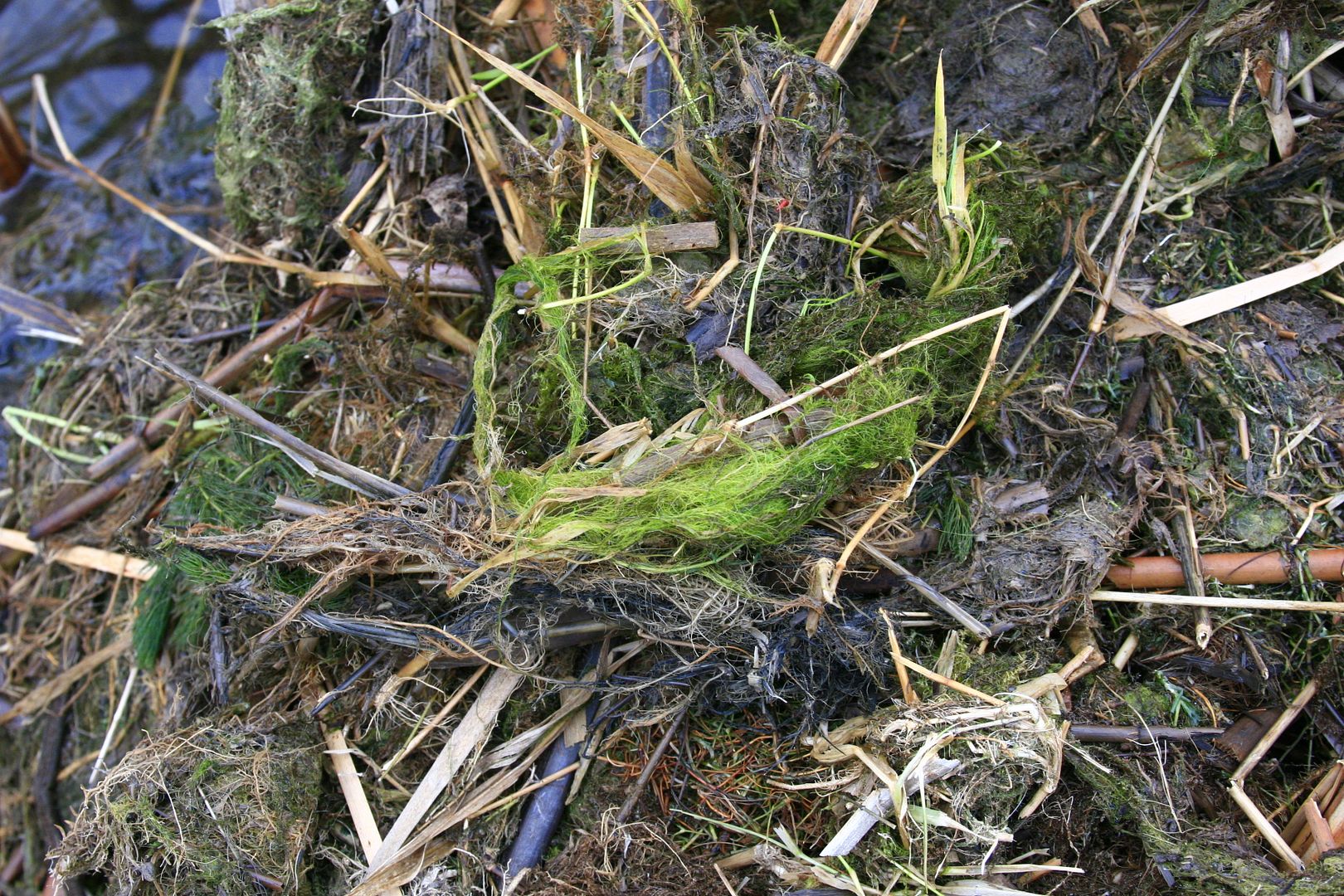
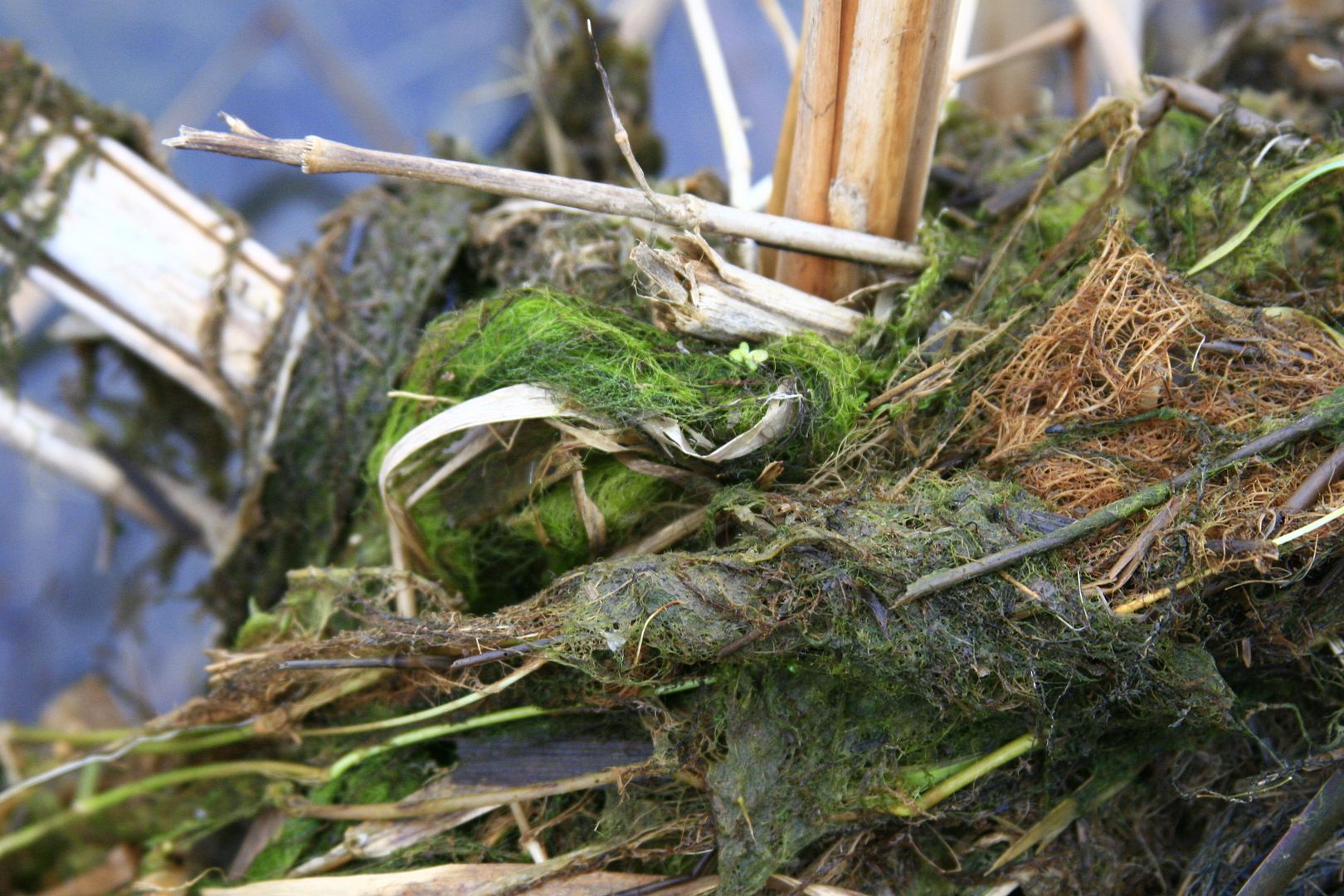
This one is completed and is about 50 yards north of the one above. Again, note the extended "landing" in the front and to the right on this one.
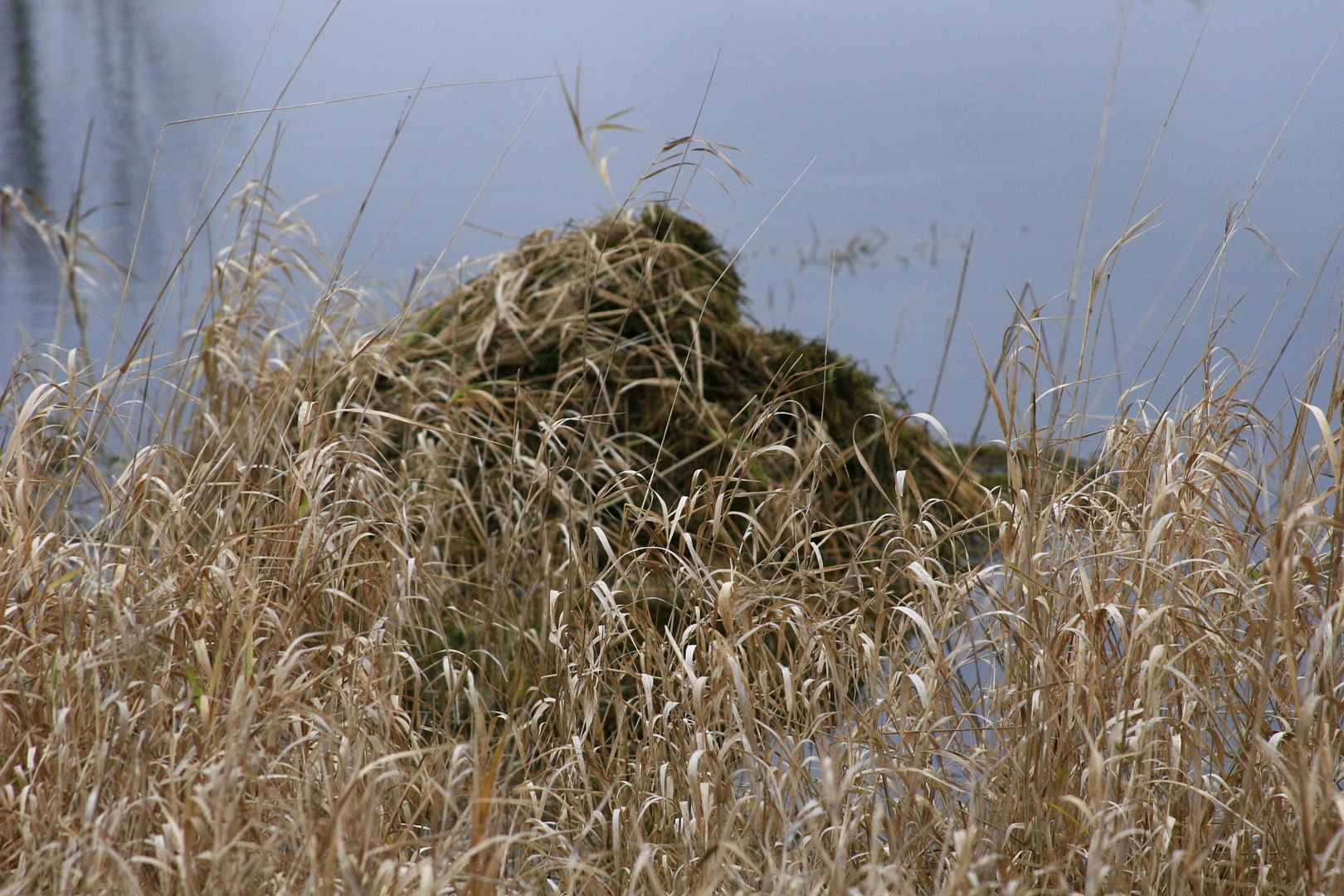
As mentioned before how they will often use grasses and their roots by digging on land, this sign was on land near this one. Note the trail coming from the water. These are not to be confused with old, caved in bank dens. There are no tunnels or borrows in these examples - just diggings for food items.

And examples of their signs of digging for material.


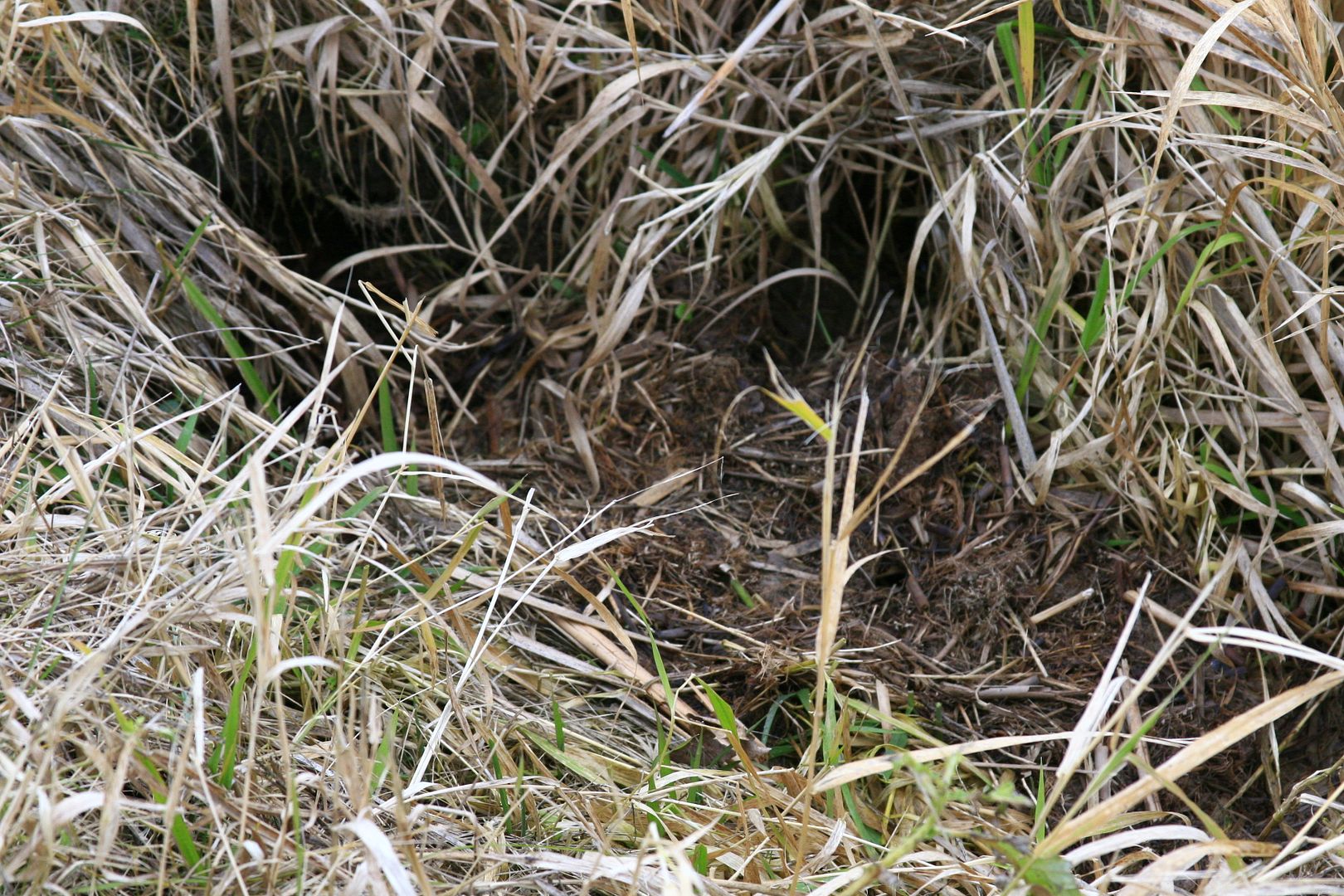
Here is another finished one in open water away from the shoreline unlike the previous two.

Not all muskrat droppings are like this most classic example of what they usually look like - almost separate individual pellets.

There size, shape, color and texture varies seasonally in different habitats, depending upon what they are eating at the time.
In open marsh environments their droppings tend to be more on the mushy side in comparison and look more like these samples that I photographed Saturday at a typical muskrat "toilet" area.
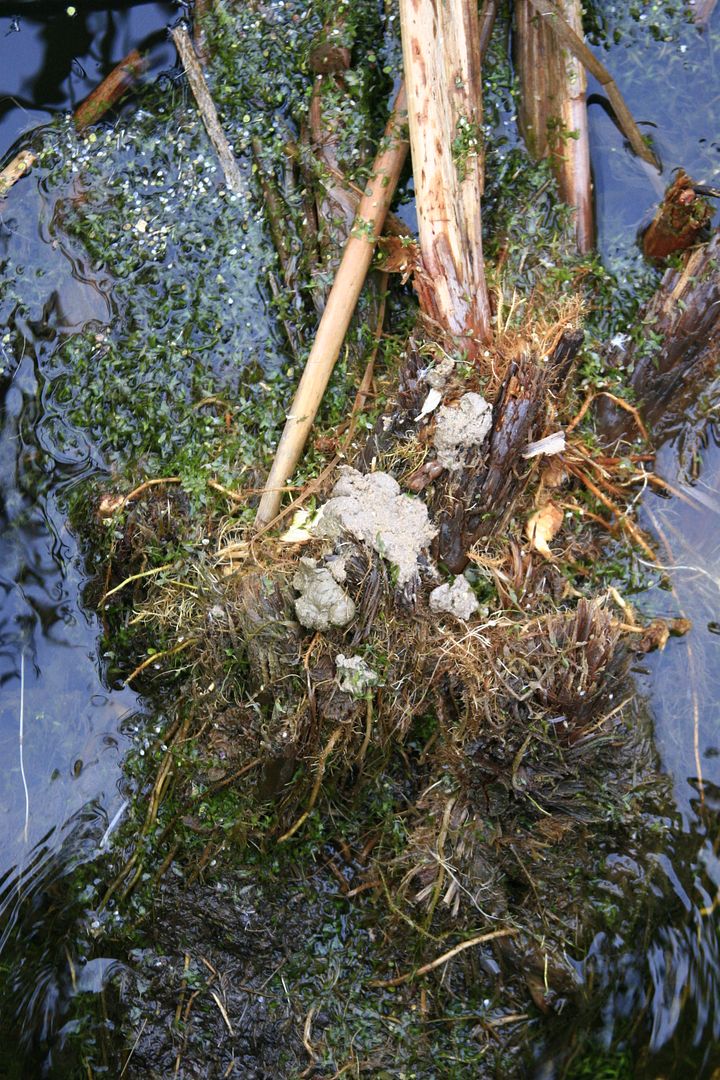


If you look closely at this blob you can see that the "pellets" are mushed together. There are 5 or 6 in this one.

The light colored object to the left of this feed bed is my trail camera in the water tucked among the cattail stems.
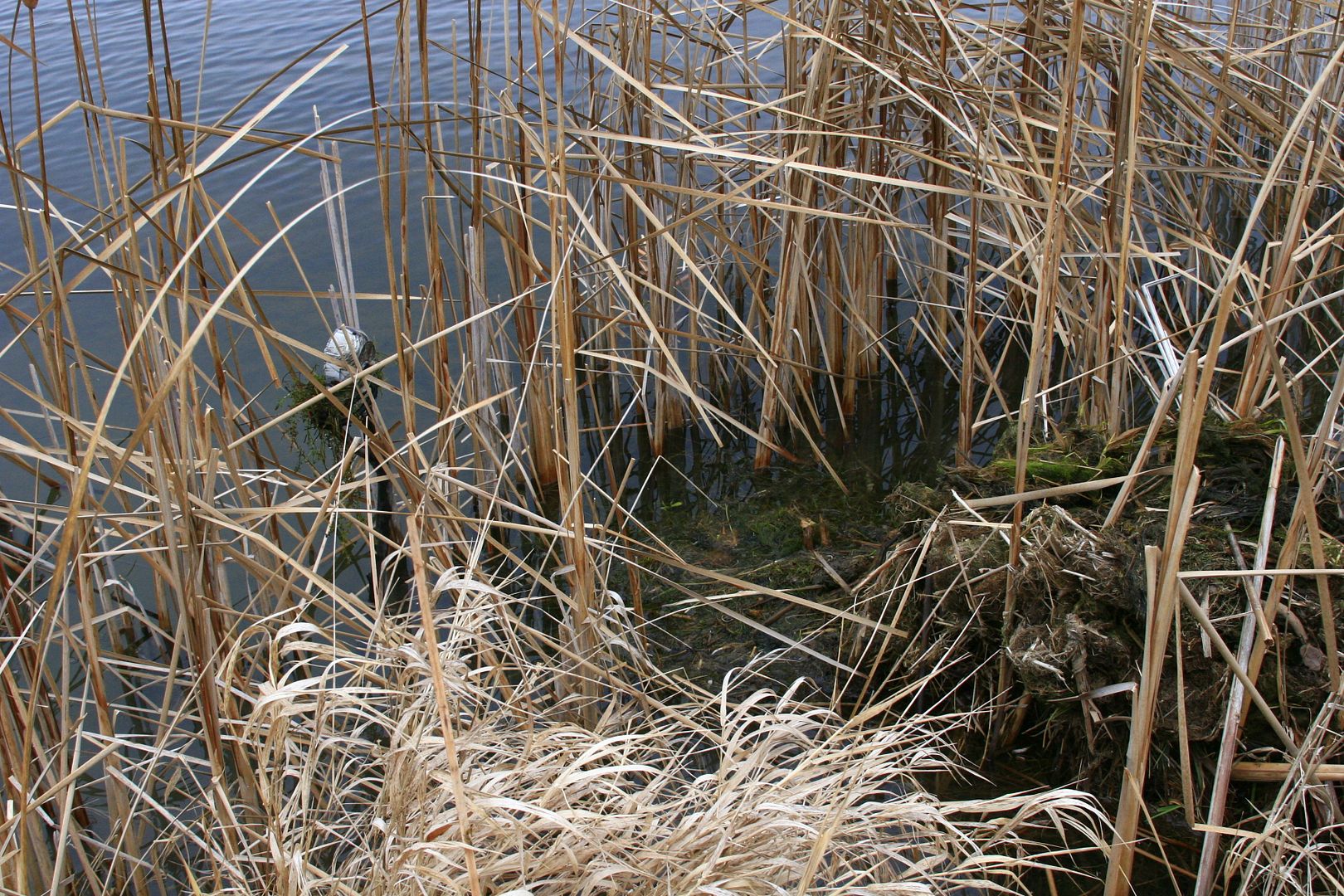
Closer views of how I mounted it in the crotch of my 4 foot long maple branch sling shot that I made at home before I poked it in the mud there. It is about 18" above the waterline and around 4 feet to the left of the feeder.

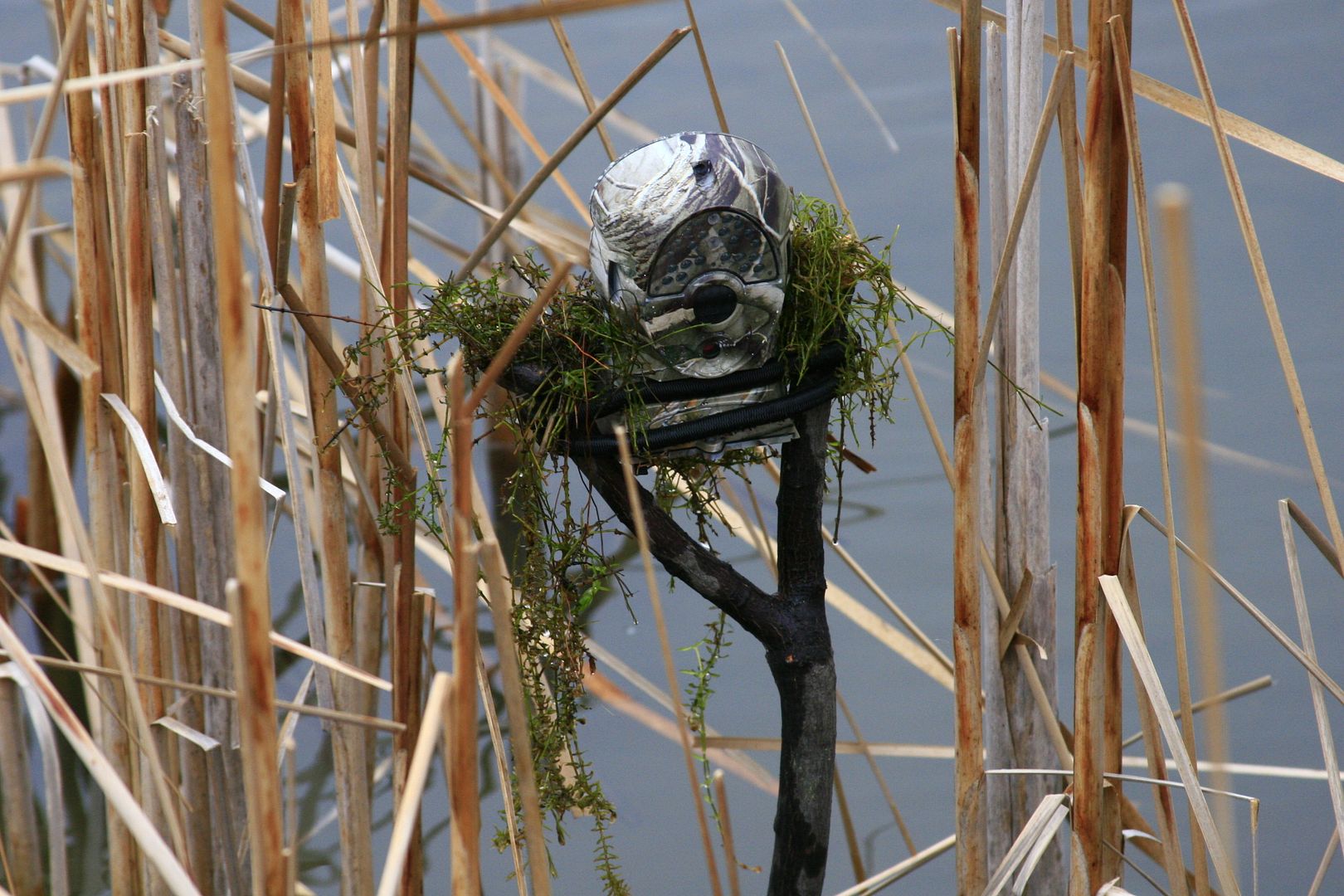
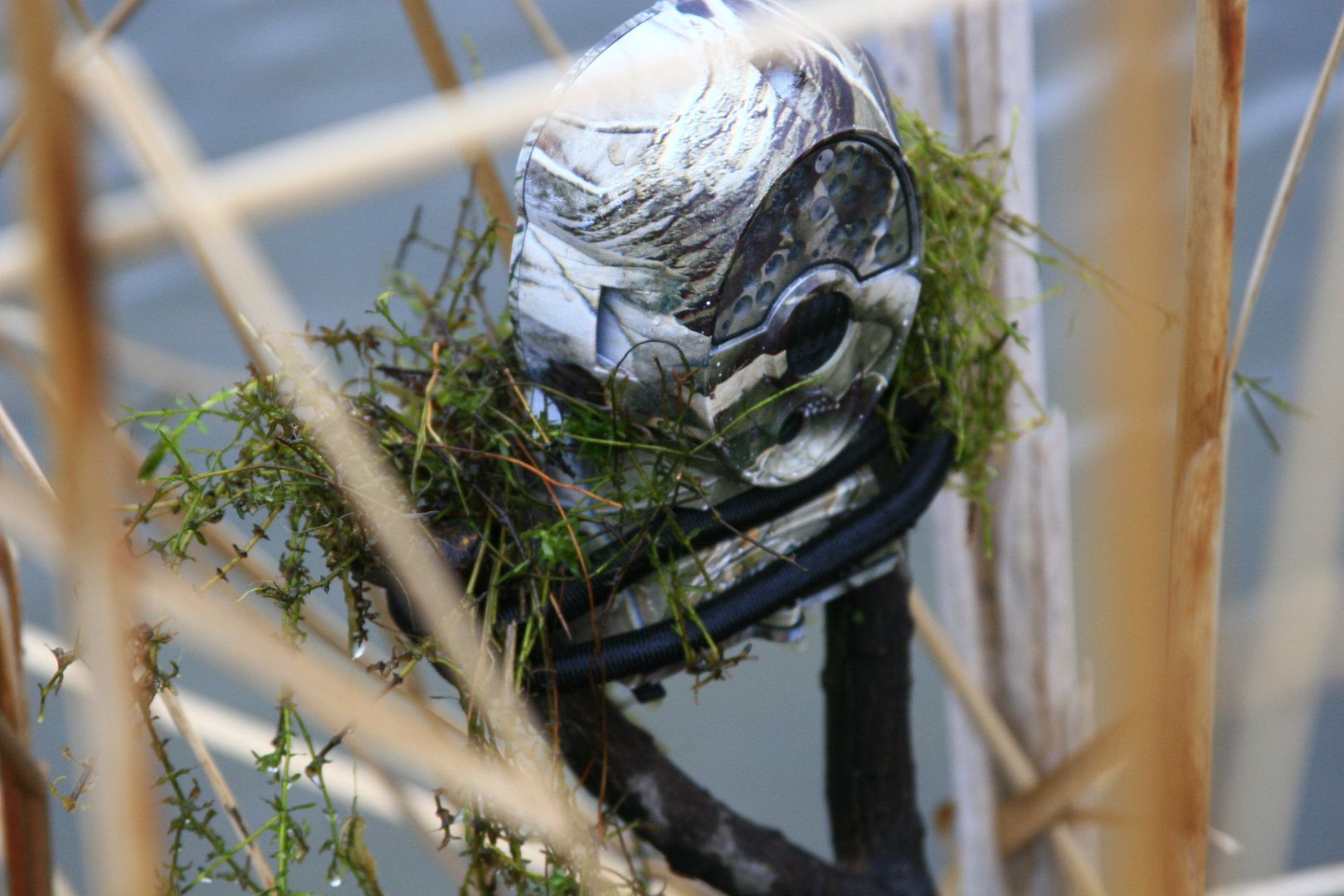
I have this set on a 60 second video mode. I am going to check it tomorrow. It will have been active for nearly three days and two full nights. If all goes well, the images should prove to be interesting, especially the time of day and their behavior during the construction process.
As Deerhunter mentioned, these expansive marshes are tough to trap.
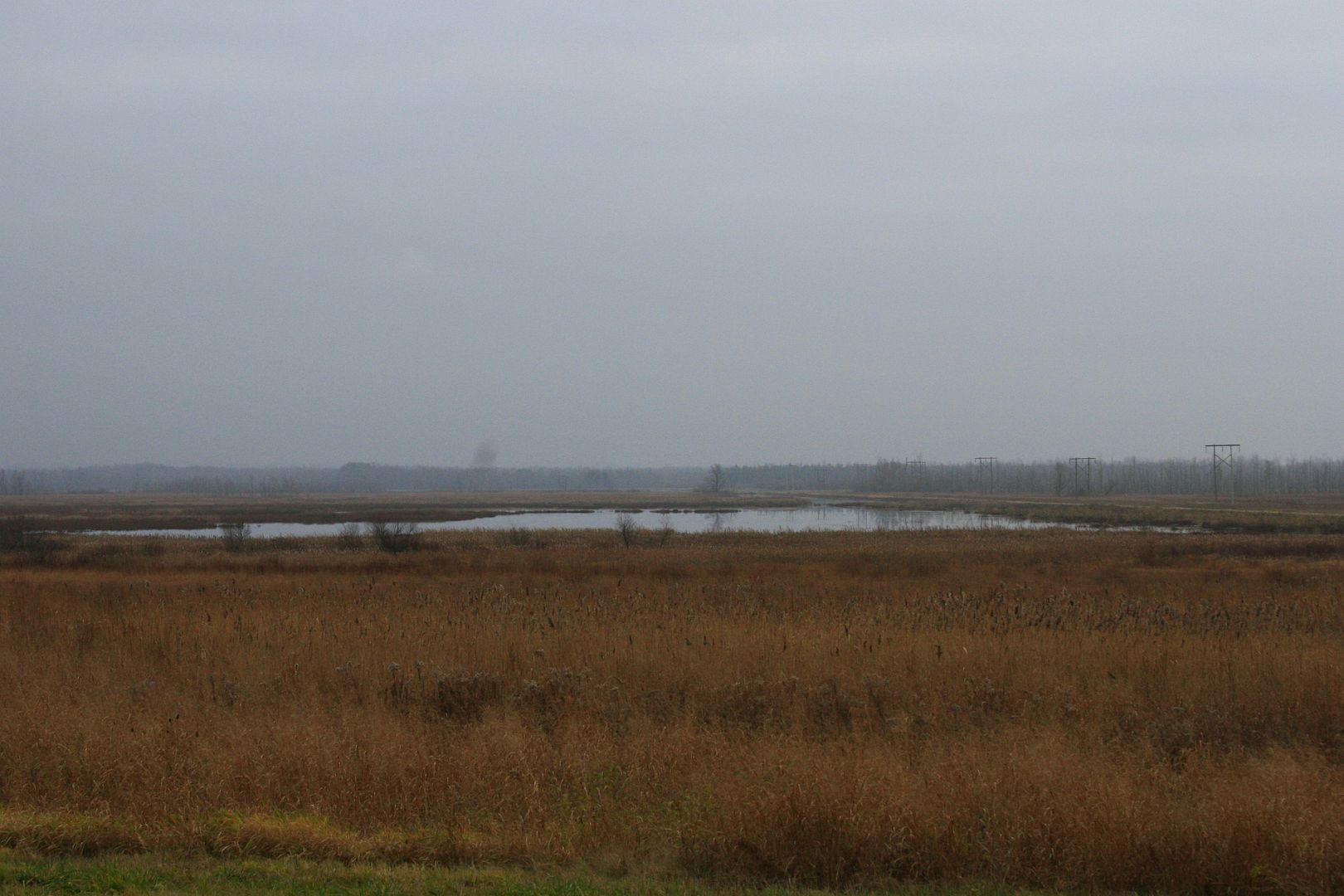
[img]
http://i44.photobucket.com/albums/f2/Jonathan64/Muskrats/_MG_6997.jpg[/img]
[img]
http://i44.photobucket.com/albums/f2/Jonathan64/Muskrats/_MG_7000.jpg[/img]
Access to them is often difficult and arduous. I did it for many years, working out of a duck skiff loaded with #1-1/2 long springs, a few #110's, bundles of willow stakes, a long handled canoe type paddle and an 8 foot long push pole with a duck bill on the end of it. It is a young man's sport. I couldn't do it physically now at my age, but my mind can. So....on that note, I am happy to share the memory and experience by telling younger trappers what muskrats tell us about themselves who live in marshes.
I'll be back tomorrow, hopefully with a few more photos and videos in the share.
Nite all!
Jonathan





















